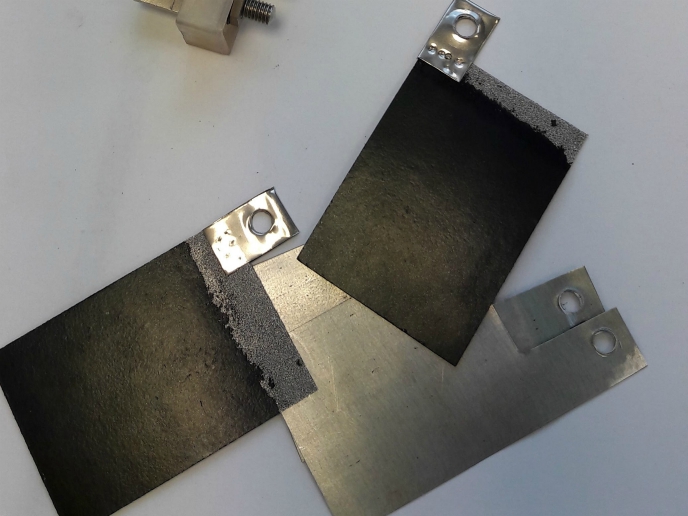Lithium-ion batteries get a new competitor
With EU-funding of the project TT-Battery, the Italian start-up company Tuscan Tech successfully overcame major barriers to making zinc-manganese dioxide batteries a viable option for different applications. Their advanced rechargeable batteries are not only cheap but also easy to make from abundant materials. The fact that they are also resistant to exploding or catching fire and can be easily disposed of is making them a sustainable and safer alternative to the lithium-ion battery type. Leading the charge on recharging rates Recent research on zinc-manganese dioxide batteries showed that it is possible to transform them from non-rechargeable to rechargeable. While they have been known to have a short life span, quickly losing their ability to recharge, TT-Battery has shown that these batteries can be improved to have much better recharging rates. “We have identified a proper mix of raw materials with fast charging and stable operation over many thousands of cycles,” notes Mario Bartolini, co-founder and CEO of Tuscan Tech. The patented prototype device uses an aqueous electrolyte solution containing zinc sulfate particles. This resolves issues such as the limited lifetime and capacity fading of zinc-manganese dioxide batteries. Project innovation led to the design of a rechargeable zinc-manganese dioxide battery with high storage capacity exceeding 5 000 charging cycles, while retaining a full 99 % of the initial capacity. “Our TT-Battery matches the performance of the best lithium-ion batteries available on the market. It has also more recharge cycles than the lead-acid battery, while costing about the same to produce at large scale,” adds Bartolini. In addition, the nominal voltage is 2 volts per cell and energy density exceeds 150 Wh/kg. Promising potential for both stationary and mobile applications The stationary battery storage market is forecast to witness an upswing in the coming years. The management consulting firm Boston Consulting Group reports that global investment could hit USD 35 billion by 2030. In its report, the prominent investment bank Citigroup sounds more optimistic, forecasting that the global battery storage market (not including car batteries) will surge to 240 GW and USD 400 billion by the same year. TT-Battery can break the bottlenecks that are currently barriers to large-scale stationary applications. Besides its potential for longer-lasting storage and its low production cost, its design is simple and contains non-acid electrolytes. Another key advantage is that zinc is in much more plentiful supply than lead, nickel, cobalt and lithium. The battery is also not flammable, corrosive, or explosive under any conditions, and can be easily recycled. TT-Battery has successfully shown that their rechargeable zinc-manganese dioxide battery design can be a viable power-source alternative to lithium-ion. “While the most promising market for TT-Battery is the medium- and large-scale stationary energy storage, our low-cost and high-energy-density battery could meet the needs of safe electric mobility with long ranges in the future,” notes Bartolini. Industrial-scale manufacturing may not be easy at first. After more than 20 years since lithium-ion has been commercialised, manufacturers are seeking to evaluate the savings that lithium-ion batteries offer. Therefore, they will not easily welcome novel battery designs as product lifecycle determination is a long process.
Keywords
TT-Battery, lithium-ion, rechargeable, zinc-manganese dioxide batteries, stationary, energy storage, electric vehicles



